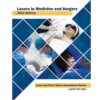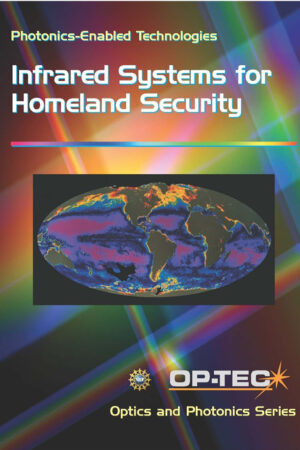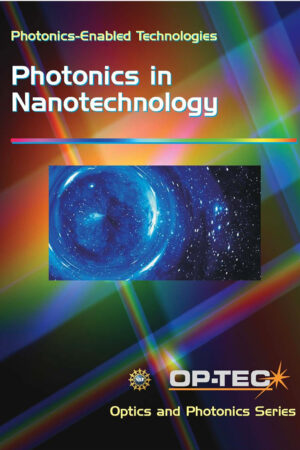
Module 1.10 Basic Principles and Applications of Holography
$0.00
Holography is a much broader field than most people have perceived. Recording and displaying truly three-dimensional images are only small parts of it. Holographic optical elements (HOE) can perform the functions of mirrors, lenses, gratings, or combinations of them, and they are used in myriad technical devices. Holographic interferometry measures microscopic displacement on the surface of an object and small changes in the index of refraction of transparent objects like plasma and heat waves. Future photonic devices, such as electro-optical chips, will undoubtedly incorporate micro-lasers and HOEs for optical computations, free-space interconnects, and massive analog and digital memory systems. You will need to have studied Modules 1.1-1.4. In this module, a physical model will be developed so that every major feature of basic holography can be explained through visualization and without the use of mathematics. Basic trigonometry will be helpful, but not required, for quantitative understanding.
Description
Holography is a much broader field than most people have perceived. Recording and displaying truly three-dimensional images are only small parts of it. Holographic optical elements (HOE) can perform the functions of mirrors, lenses, gratings, or combinations of them, and they are used in myriad technical devices. Holographic interferometry measures microscopic displacement on the surface of an object and small changes in the index of refraction of transparent objects like plasma and heat waves. Future photonic devices, such as electro-optical chips, will undoubtedly incorporate micro-lasers and HOEs for optical computations, free-space interconnects, and massive analog and digital memory systems. You will need to have studied Modules 1.1-1.4. In this module, a physical model will be developed so that every major feature of basic holography can be explained through visualization and without the use of mathematics. Basic trigonometry will be helpful, but not required, for quantitative understanding.
Audience: Educators, students
Level: College
Author: Tung H. Jeong, Lake Forest College, Lake Forest, Illinois







